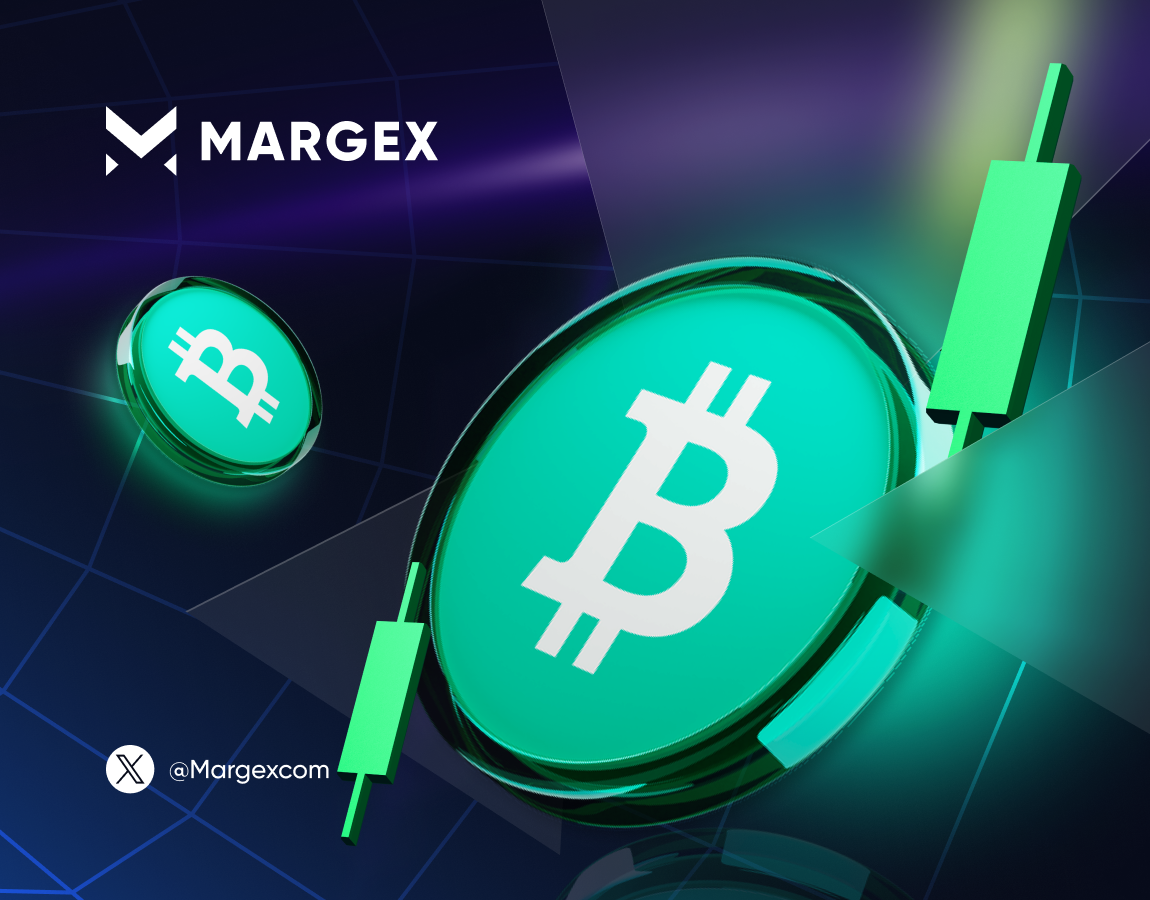
Bitcoin Cash (BCH) is one of the first cryptocurrencies, a hard fork of Bitcoin, which currently holds the 14th largest spot on CoinMarketCap.
Supported by a large and influential figure of Roger Ver in the past, it still maintains high positions in the world of cryptocurrencies and remains an asset that attracts investors and traders.
Bitcoin Block Size Debate

Bitcoin Cash is a hard fork, an offspring of Bitcoin, which appeared as a result of discrepancies between BTC developers over the scalability of the world’s largest cryptocurrency. This issue sparked an intense debate within the BTC community. By 2017, it split in two camps. The first one believed that Bitcoin’s block size had to be increased and that would make BTC a reliable global payment system.
The other camp consisted of Bitcoin purists, now they include many Bitcoin maximalists, who were certain that keeping the original block size set by the enigmatic BTC creator Satoshi Nakamoto was vital and it was the key element to keep Bitcoin decentralized and secure. Those two principles, as they kept saying, were crucial for Bitcoin and lay in its core.
This debate over the size of the Bitcoin block intensified massively in 2015 and 2017. In 2017, it reached a boiling point. The split of the community in two camps became obvious to everyone. Big blocks would allow putting more transactions into a single block of data, therefore “big blockers” wanted Bitcoin to move in this direction since it would improve Bitcoin scalability and reduce transaction fees which often began to rise incredibly. Among the proponents of big blocks was an early Bitcoin adopter and entrepreneur Roger Ver.
Small blockers kept arguing that Bitcoin’s decentralized nature and the security of its transactions could only be preserved as long as the small block size was to be preserved. Their fear was that an increase in the size of Bitcoin blocks would turn BTC into a centralized cryptocurrency since only miners who had powerful mining gear would be able to process blocks larger in size than average. Therefore, they would get more power in the community and thus the fundamental decentralization principle would be kissed goodbye.
Several software solutions were suggested as a compromise. Among them was SegWit – it allowed adding more transactions into a single block without having to increase its size. Certain data was to be removed from transaction core structure to optimize space within a block. After the hard fork took place after all, SegWit was activated on what remained to be BTC but the hard fork supporters simply increased the block size.
Bitcoin Cash Hard Fork Takes Place
Eventually, the endless debates and sides unwilling to compromise led to the hard fork which happened on August 1, 2017. As a result of the hard fork, when a brand new chain springs off the original chain with the latter continuing to operate in this case, a new cryptocurrency appears – Bitcoin Cash (BCH).
When a hard fork happens, the old and the new chain become incompatible and run independently of each other. Also, as it always happens with hard forks, holders of the original crypto receive an equal amount of the new coin. The same happened with Bitcoin Cash and those who remained in the Bitcoin camp. Bitcoin Cash was meant to become the original vision of Bitcoin as a peer-to-peer cash. The size of the Bitcoin block remains 1 Megabyte, which allows including 2,000-3,000 transactions into one block. Bitcoin Cash block first contained 8 Mb and later it was increased to 32 Mb.
Roger Ver – the Key BCH Supporter

American entrepreneur Roger Ver was among the very first Bitcoin investors and most vocal supporters when he bought a large amount of BTC in 2011. In the past, he was frequently referred to as “Bitcoin Jesus”. To support Bitcoin, he began to invest in Bitcoin startups, such as BitPay and Kraken. He worked towards making BTC popular around the world and he played a key role in it. He also founded the website Bitcoin.com, which was an exchange and a crypto news portal.
Later on, Ver sold this popular crypto portal to another party. Ver became a major believer that the block size had to be changed to scale BTC as he thought that the way as it was Bitcoin drifted further and further away from being the original peer-to-peer electronic cash system which it meant to be by Satoshi Nakamoto. After the hard fork took place, Ver put all his effort, money and influence into promoting Bitcoin Cash, claiming Bitcoin to be centralized and “corrupted”.
Bitcoin Cash Price Prediction
As of now, Bitcoin Cash is trading at $443 which is pretty far from its all-time high reached in the late December of 2017 – $4,355. Since BCH is a Bitcoin spin-off, it has the same total supply of 21 million coins from which more than 19 million have already been mined. Similarly to Bitcoin, BCH has a halving every four years, when the block reward for miners gets slashed in half.
Often, Bitcoin Cash price follows that of Bitcoin and benefits on things good for BTC. Among those is the launch of spot Bitcoin ETFs that happened in January.
By the end of this year, experts believe that BCH will be able to hit $490-$500 per coin. 2025 may see Bitcoin Cash going higher and reaching $798. During the next three years, traders and analysts believe that BCH is likely to soar and go over $1,000. By 2028, the coin may double in price or at least hit the $1,700 trading zone.


